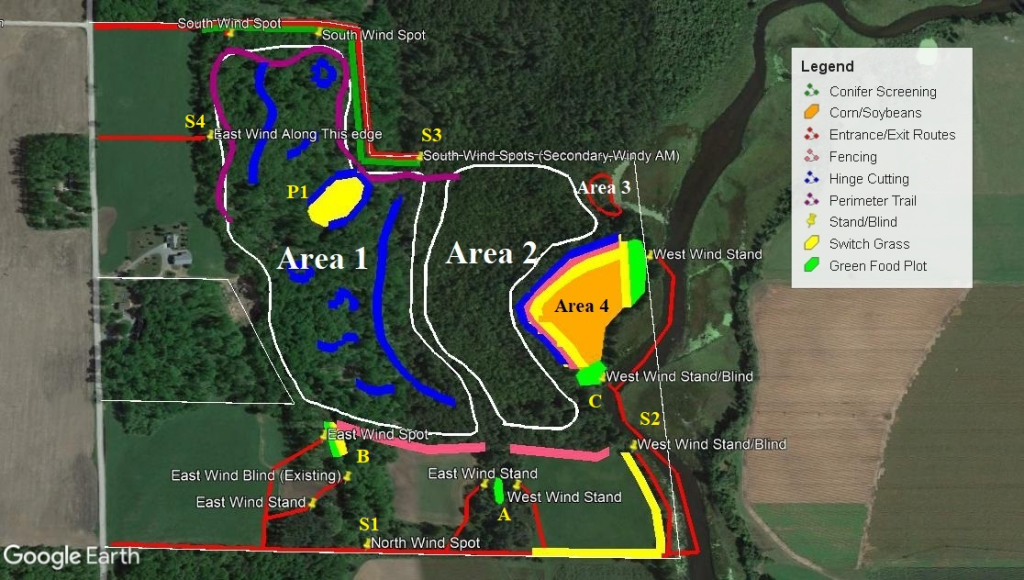Whitetail Habitat Consulting
Whitetail habitat consulting is a natural progression in my services to the hunter/landowner. Here’s why. A very long time ago, I realized that all the gadgets in the world, and all the equipment I was told to buy, had very little impact on the quality of hunt I could have. In fact, when I started spending my resources in time and money on making the properties I hunted better, my hunting experiences got better as well. Today, almost my entire investment into my hunting seasons goes into better habitat and smarter ways of hunting it. In most ways my inputs in time and money are going down while my success is going up.
In 2012, I started Full Potential Outdoors LLC to help other hunters and land owners develop their properties into the best they can be. My initial goal was to provide on-line information that cut through the hype and provided hunter/landowners with methods they could use to make their hunting experiences better. This included on-line articles, podcasts on the Sportsman’s Nation, and editorial content in hunting magazines. Whitetail Habitat Consulting is a way to provide these same hunter/landowners with a service that can put all the ideas I have put in practice over three decades for you.
Develop a Plan, then Work the Plan
When I graduated from technical school (seems like ages ago), one of the first things I was taught as an Instrumentation apprentice, was to develop a plan, then work the plan. Planning came first, then execution. Then, the only way to improve was to repeat what worked, and stop or modify what didn’t work. It’s the basis for continuous improvement while capitalizing on what already works. That’s been my philosophy as a hunter/land owner myself. For over three decades, I have developed hunting plans, then worked those plans to success. Learning that marketed hyped up gadgets and products aren’t the answer, I have come to rely on a set of strategies that allows me to help hunters. This could include the following:
- Establish bed to feed patterns in locations advantageous for hunting and herd protection, sometimes this means taking advantage of what is already there. Then again, sometimes it’s better to manipulate bedding and feeding patterns so it is advantageous for the hunter.
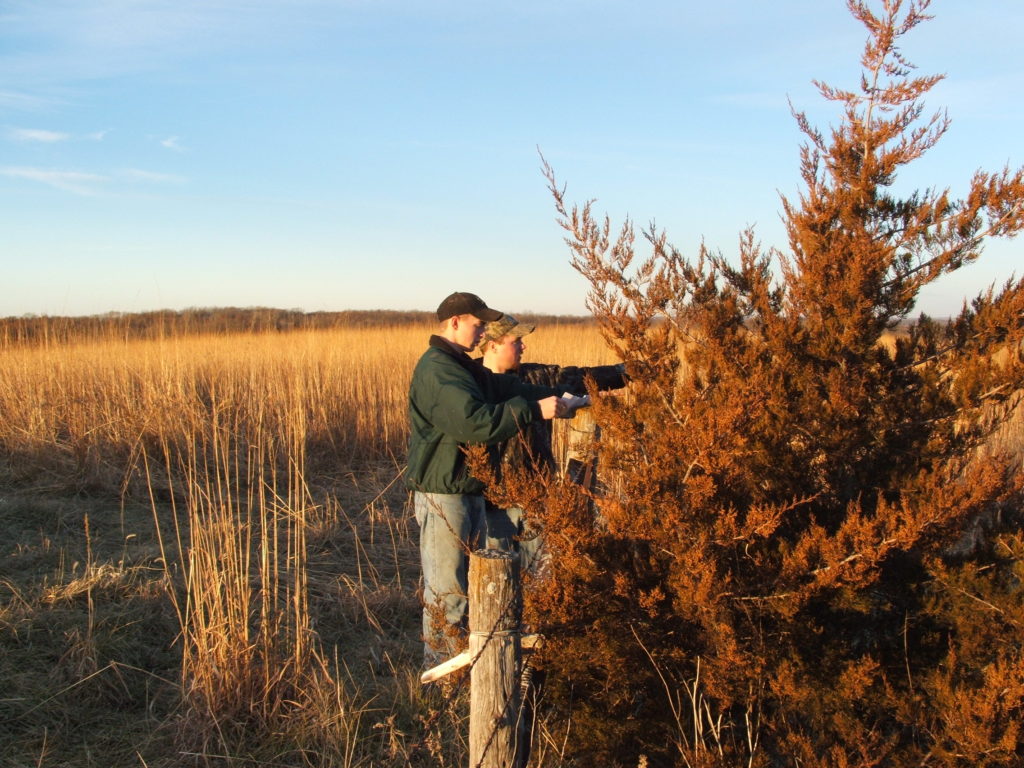
- Create destination feeding areas that allow a daily movement of the local deer herd that is both predictable and necessary for hunting and protection
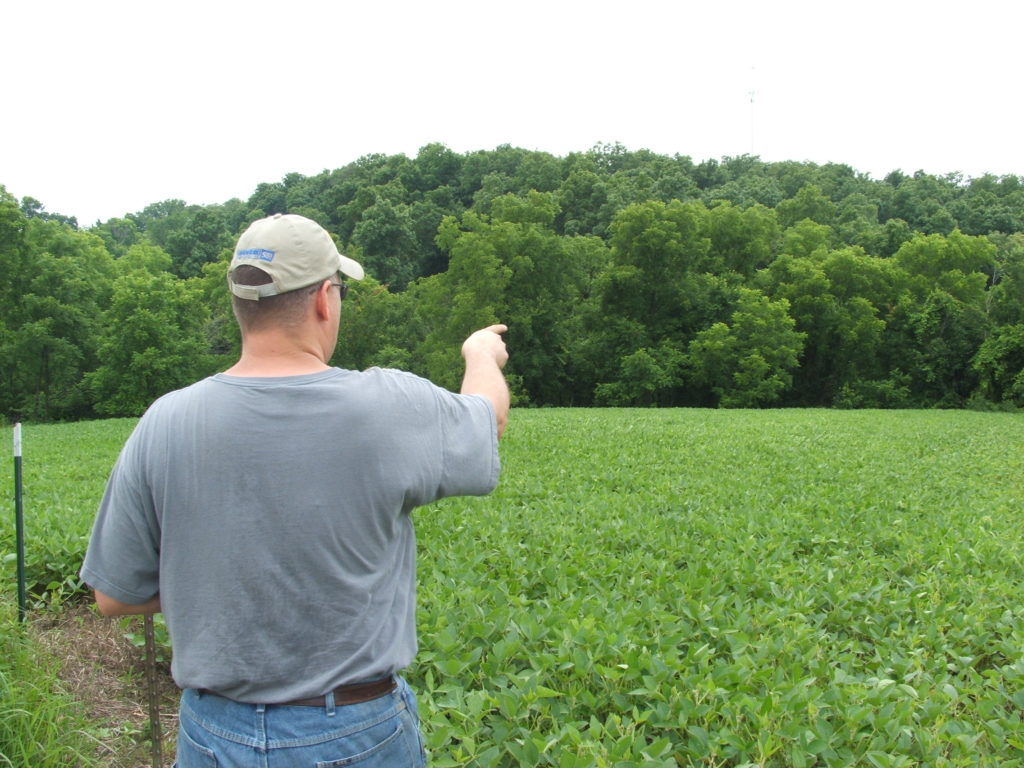
- Creating transition area food sources and scraping areas for awesome season long hunting
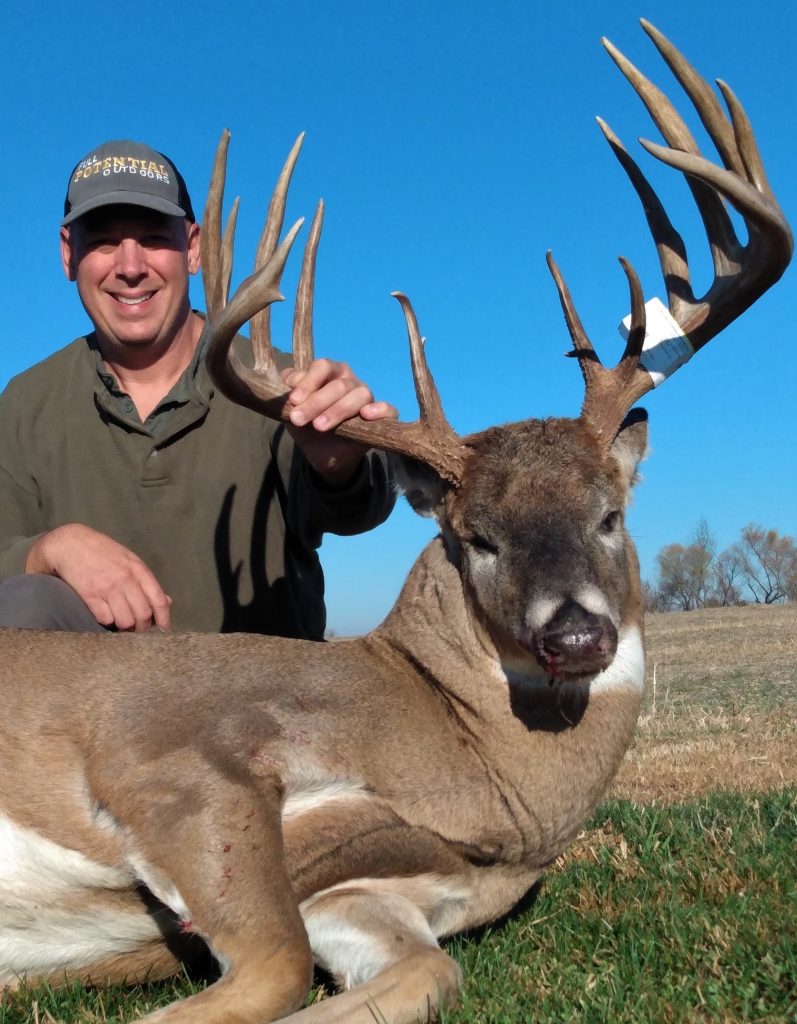
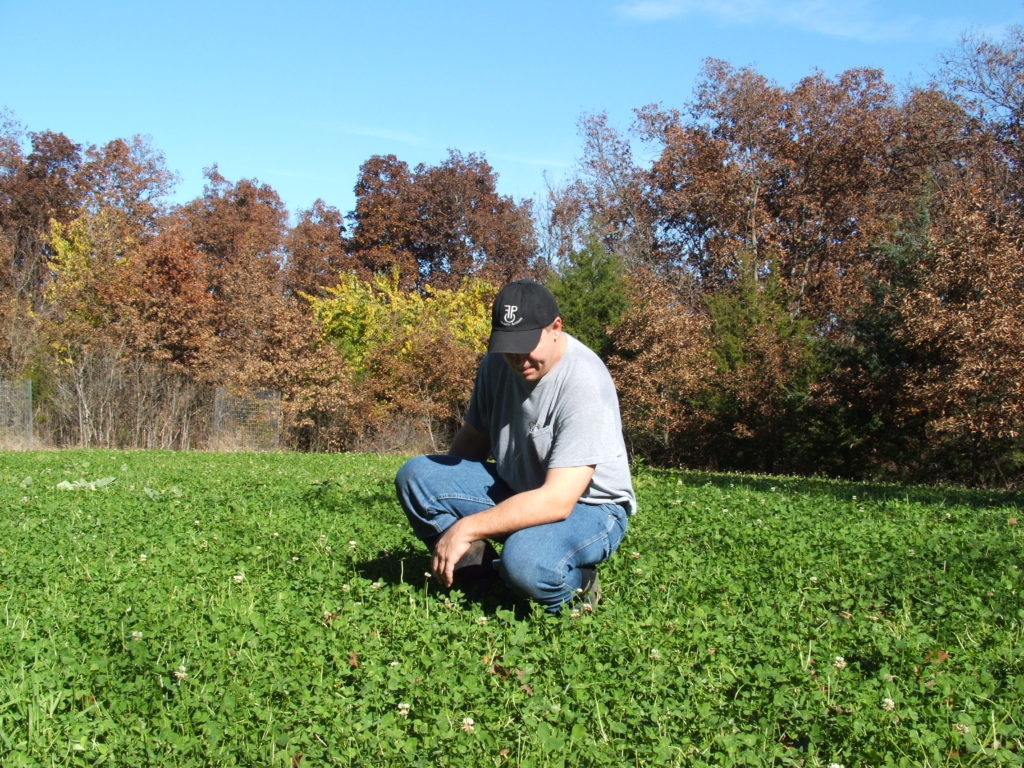
- Find and plan entrance and exit routes limiting the number of deer that are bumped and providing great ways to take advantage of the wind
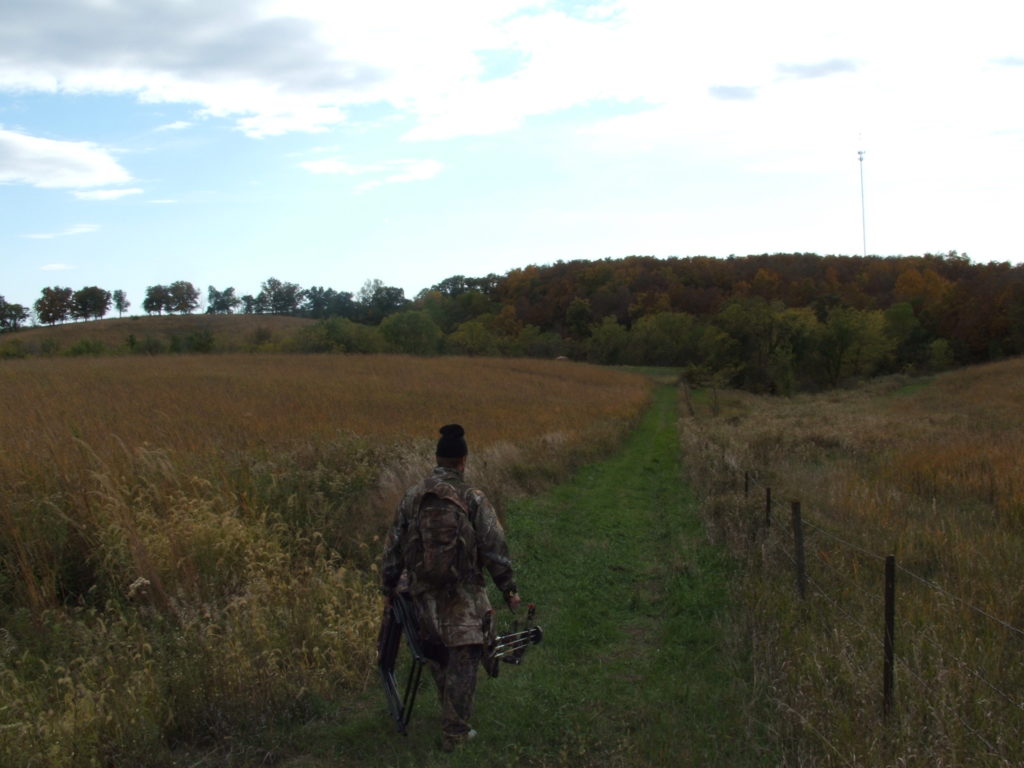
- Finding, or better yet, manipulating the habitat for great stand locations using transition areas, ditch crossings, fence jumps, inside corners, timber connection points, timbered draws and funnels, saddles, and other natural or manipulated structure
- Finding or making great sets to take advantage of any wind scenario
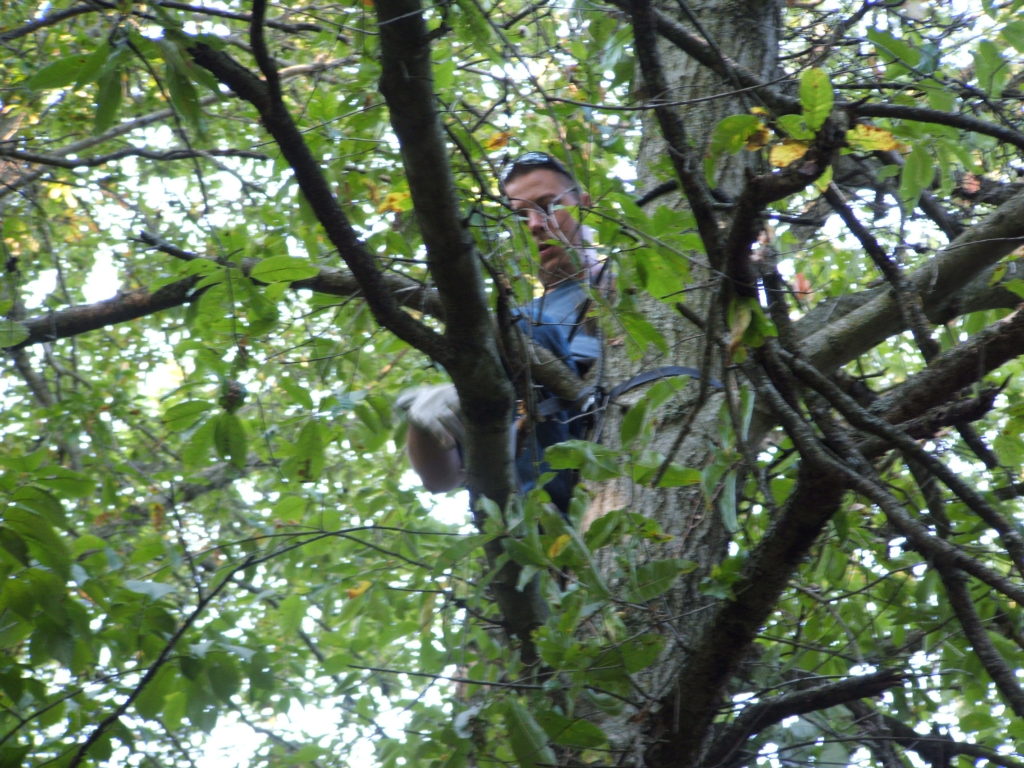
- Herd protection strategies for growing older class bucks
- Camera placement techniques
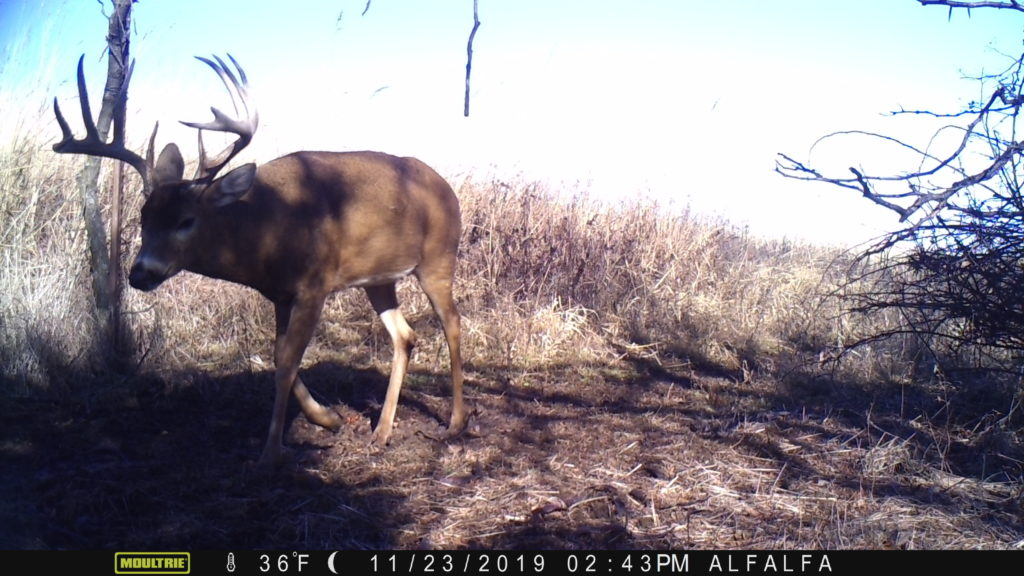
- Tactics for growing great food plots in the right places for season long hunting
- Hunting practices to put less pressure on the local deer herd, great season long hunting, and to protect younger bucks so that they can grow
Almost every farm or hunting parcel can be better with the right strategies. Better habitat in the right places, and better hunting practices. But, not all properties will produce giant mature bucks every year with great hunting every year. Contrary to what you see on the hunting shows, or what you might see claimed with other consultants (and YouTube stars), there are limitations to what can be done with every hunting parcel, and with every hunter’s budget.
Most hunters don’t have unlimited money and time and thousands of acres in highly managed areas of the country. However, if you have a desire to make your hunting grounds better, grow bucks to their next age class, and make your hunting experience the best it can be, you should consider Full Potential Outdoors LLC for your whitetail habitat consulting service. And remember, it’s not all about better habitat, but the right habitat and more efficient and effective hunting techniques.
Through my techniques and strategies for hunting and better habitat, I can help you grow older class deer, hunt those deer, and then keep your farm or hunting parcel fresh for season long hunting.
(At the bottom of this page is an example of an in-person consultation I did in the late winter of 2022 in North Central Wisconsin. We spent a day on his property where I would say the best discussion and exchanges occur. The written plan and map is done off site because it allows for additional thought, and in this case, the client wanted acreages of different plantings which can be done in a more timely and accurate manner off site. A follow up call is done to go over any remaining questions.)
Habitat Consulting Options
I have 2 optons for consulting, there is an in-person option, and a remote or on-line option. The in person option will generally offer a better or more complete outcome because I get to see your farm or property in person, offering site specific recommendations that can only be done by being there in person (like picking out an exact tree for hanging a stand for example). The on-line option is for hunters and landowneres that just need a little extra help but want to keep costs down.
Option 1 (In person at your farm) Cost for Whitetail Habitat and Hunting Consulting: $1100/day+travel. I have not done a consultation yet that took me more than one day. Travel is different for every consultation. We should talk about travel expenses before the onsite visit and I will try to minimize travel expenses as much as possible. (I don’t make money on travel expenses)
The on site visit will include scouting the entire farm on foot or in combination with a UTV. During this time, the landowner/hunter is required to be along. A great discussion during the tour is the best part of the consulting service. This is where I learn about you as the hunter, what your goals and objectives are, how you’ve hunted the parcel in the past, what has worked and hasn’t, your neighbors, habitat that currently exists, woody browse species available, forest improvement opportunities, etc. It is a great way to have a conversation in person. It is also where I learn in detail what resources you have available to you in terms of farming equipment, chainsaws, manpower, and money for things like fence jumps, stands, and food plots. In many cases, I will actually flag specific trees for hanging stands, point out specific locations for blinds or tower stands, and point out specific areas for food plots, bedding areas, entrance and exit routes, fence jumps, etc. The discussion is not just about better habitat, but better ways to hunt your farm to put the least pressure on your deer herd while optimizing the time you have to hunt.
My clients get the most out of their consult from this in person tour/scouting trip. After the trip, I will then work up a detailed written plan complete with a marked up map of your parcel. This will be electronic and up to the client to have printed if they would like. A second phone consult will take place to go over the written plan. This phone call is usually an hour long or so and will cover the plan and/or any follow up questions or concerns. Most of the plan is developed and talked about during the visit at your farm, but it also helps to go back and draw up the map and develop a document for the hunter/s. This also keeps costs down for clients. This, in a nutshell, is what your whitetail habitat consult would look like. But it all starts with a phone call to see if this service will work for you.
Option 2 (On-line Option) Cost is $120/hr payable through PayPal. With this option you can send me a description of your land, and maybe a map of your farm so that I can take a look before we go live. I will use Zoom for this consultation. This is a very cost effective way to get a ton of questions answered and to lay out some solid ideas for habitat and hunting improvements on your property. You can also keep your costs within your budget because you decide how long the discussion will last. You can split costs with other hunters, maybe even a group. It’s all by the hour.
Are you ready to take the next steps in making your hunting grounds the best they can be? If you are, or if you aren’t sure, give me a call to talk about what ideas or questions you have and to see if my service is right for you. 715-340-7186 Tom Peplinski or email me at tapeppy@gmail.com to get things started.
To see what kind of things I can do and specialize in, browse the rest of this site. Check out the Hunt 365 and Articles sections. Also, check out my podcasts on the Sportsmen’s Nation and Sportsmen’s Empire websites. Do a search for Tom Peplinski in the podcasts section.
Habitat Consulting Plan (Real Example from Wisconsin)
First, it was fun and a pleasure touring your farm and working with you on a habitat and hunting plan. Your farm has a lot of potential, it is in a great area, the terrain features of rolling hills, cedar swamp, and tillable make for a great combination for diverse habitat and great hunting opportunities. The (Hidden) River also offers a unique and great opportunity for access to stands that aren’t always available on most farms. Also, your willingness to make changes and get after it in a timely manner will make your hunting get better all that much faster. The property is plenty big enough to support the hunting efforts of three hunters that you expressed during our walk.
The following is a brief overview of what we discussed during our in-person tour of your farm. It is mostly exactly the same as what we talked about during the walk, with just a couple additions or thoughts that I came up with after I thought about your property more.
Area 4. I wanted to start with area 4 simply because this destination plot on the east side of your property will set the stage for most or almost all movement on your farm. The majority of the field should be planted in a corn/soybean rotation each year. Half the field soybeans, the other half corn rotating each year. I am suggesting corn and beans because the surrounding farm ground has a lot of corn and beans, and in the upper Midwest, grain crops are king after heavy frosts and snow. If your corn has a hard time competing with deer, coon, and other animals, you can switch to a soybean only plot. Also, you may have to electric fence this plot during the growing season if it is over-browsed by deer (During the tour, corn was present on this field making me think you’ll be fine without a fence.) The far most east part of the field should be planted in a green fall plot screened off from the larger field with a strip of switch grass. This smaller green plot should be long and narrow.
Switch grass should be planted along the outside edge of the field…let’s say 10 yards wide. Hinge cut trees into this switch grass after it establishes (maybe by year 2).
You wanted some dimension for buying seed…(The switch grass planting along the edge is 1035 feet x 10 yards or about .7 acres) (The switch grass planting along the green plot is about 10 yards x 200 yards or about .1 acres) (The green plot on the east is about .4 acres, the green plot on the south end of the destination plot make very small.) (You corn/soybean plot is about 4 acres) (The strip of switch grass along the SE of the property for screening is another .3 acres if 10 yards wide) (Interior plot P1 is another 1 acre if you also plant it into switchgrass) Plant cave in rock switchgrass at a rate of 5 pounds/acre.
A fence can be added (later) if you feel deer need to be directed more past the stand spots we had picked out. Build the fence the way we discussed.
Additional hinge cutting or clearing can be done along the entire edge of the cedar swamp adjacent to the destination plot to encourage doe family group bedding near food.
Area 3. This is that area along the river and adjacent to the cedar swamp that was full of red dogwood. Do what you can to encourage the dogwood growth by mowing the area to encourage fresh growth.
Area 2. The cedar swamp is currently a mostly biological desert. Any high spots should be cleared of canopy to promote grasses and alder to grow providing bedding cover. Throughout the entire swamp, make pockets of bedding cover by eliminating canopy simulating what we saw by that one blowdown. Promote red dogwood growth anywhere you see it. You can do this in phases…meaning do maybe 10 pockets in year one…wait a couple years and do maybe 5 more…wait a couple years and do 5 more. This will promote diversity in age of those pockets. So, by the time you are say 10 to 15 years out, 75% of the swamp has had pockets cut in it. Then you can always go back and re-cut those first pockets again if necessary to promote new growth.
Area 1. This is the area that is mostly open mixed hardwoods. Log or harvest timber per our discussion, however, you can do this in sections or pockets over time so that you have diversity with your regrowth. In other words, if it takes you 10 years to do your timber harvests that’s ok but make sure you are doing a pocket or section in there completely before moving on to another section(Try to hit it harder the first couple years). On those higher areas in area 1, specifically the winding high spots in the middle of that area, and along the cedar swamp, make sure to drop some trees and leave them, or hinge cut trees to provide horizontal cover (per our discussion). Regrowth alone in the area from the cutting and opening up the canopy will not be enough to provide for great bedding, you must also provide some horizontal cover. Great trees (on your farm) to hinge would be the maples, oaks, basswood, ash, and boxelder.
Also in area 1, create a perimeter trail as we discussed. I would extend the trail farther south than we previously discussed and then wrap it into the cedar swamp on the north side. This perimeter trail will provide good morning hunting on the downwind side of bedding with south winds. In that area where Area 1 transitions to Area 2, (along the edge between hardwoods and cedar swamp) would be another good spot for hunting with a south wind. Access to this stand should be done on south wind days with heavier winds. Add very small interior plots (also as we discussed) along the perimeter trail with a mock scrape if you need to have a way to focus buck activity near your stands.
Food plots should be eliminated in area 1 and be converted to switchgrass with hinge cutting along the edges. Very small food plots can be added along the perimeter trail per our discussion if needed.
Along the north edge of area 1, wrapping south along your fence line, and then continuing east a row or two of conifers can be planted to provide screening cover for your access to stands and to shield some activity/pressure the neighbors might cause.
Remaining Areas and Thoughts. On your map, I’ve indicated access routes to stand sites in red. I added a couple more stands that we didn’t specifically flag with tape while on your tour (S1, S2, S3, and S4) We can talk more about those spots in our follow up call. The best access to the stands on the east side of your farm would be using the river, however, if you can alternatively access those stands by making a trail on the bottom of the bank as we discussed that also works.
It will be important to put as little pressure on your farm as you can. It is best to do your habitat, stands, fencing, etc. from right when your season ends, until maybe spring planting occurs. Riding around on atv’s or utv’s is not a good idea even in the off season. Hunting the correct stands for the wind directions you get will be critical in your success. Each and every time you hunt, choosing a stand that fits the wind direction you have should be a top concern. If you are bumping deer while on stand, or while going in or out something needs to be changed. Make sure to brush in all your stands so that you have good cover, especially behind you so that you aren’t sky-lined.
The two fence lines we talked about building can be added later, if funneling or manipulating deer past those stands is needed. Fence jumps and crossings are great and permanent ways to narrow down deer movement so that you can kill them once you grow them.
The first year, I would concentrate on Area 4 in its entirety. Also, planting all the switch grass plantings. Also, if you can cut some pockets in that cedar swamp to see if regrowth happens would be a good idea. And lastly, moving all your stands to where I have proposed them should be done for year one.
The cutting and logging in Area 1 can come second. This includes the perimeter trail. The conifer planting should take place sooner as opposed to later because it will take some time for that screening cover to be grown.
The small transition plots (A, B, and C) can be implemented as soon as you can. They should be planted in something green. I like crimson clover with winter rye and oats planted every year around the third week of August by you. These spots are NOT intended to feed deer like we discussed, but to manipulate deer past your stands.
At every stand site, add a mock scrape within range of your stand. Remove all other scrapes in that area forcing bucks to use your mock scrapes. A great place to place game cameras is on those mock scrapes as well. ONLY check those cameras when the wind is good for those areas…or better yet when hunting those spots. When placing a game camera, place it near your stand facing the mock scrape making it possible to check the camera without ever walking to the mock scrape or past where deer will potentially be walking. This will help keep your stand areas fresher with less human scent being detected by deer. When making your mock scrapes, hang a vertical branch about ½ to 1 inch thick at the bottom around waist height or so. Use whatever you want for this branch, (rope, vine, oak branch, cedar branch) They will all work as we talked. I would think the aroma of a cedar branch might work best by you!!!
A comment about food plots inside your timber (Like P1). It is rarely a good idea to put food plots inside your timber…unless you have a lot of land (like hundreds or thousands of acres) or you hunt very little. The reason is access to and from and while on stand for those food plots will almost always lead to getting busted while going in, while on stand, or when leaving. In short, hunting interior plots will burn out your farm quickly, especially when it comes to older deer. Planting interior plots and then not hunting them also makes it harder to kill the deer you are hunting because you are attracting deer to a food source that you can’t hunt effectively. Adding small plots near a stand location like A, B, and C is meant to not feed deer, but will aid you in killing a target animal. These are more like transition plots that are intended to manipulate deer movement only. These plots are located outside your bedding or timber areas thus you will not bump deer hunting over them or while getting to and from your stand. Therefore, that is why you should abandon plot P1 and convert it instead to bedding habitat.
Create some great habitat, then hunt your farm putting as little pressure on the deer as you can. Learn to hunt deer so that they don’t know they are being hunted! Thank you for letting me contribute to your hunting! Good luck!
Tom
